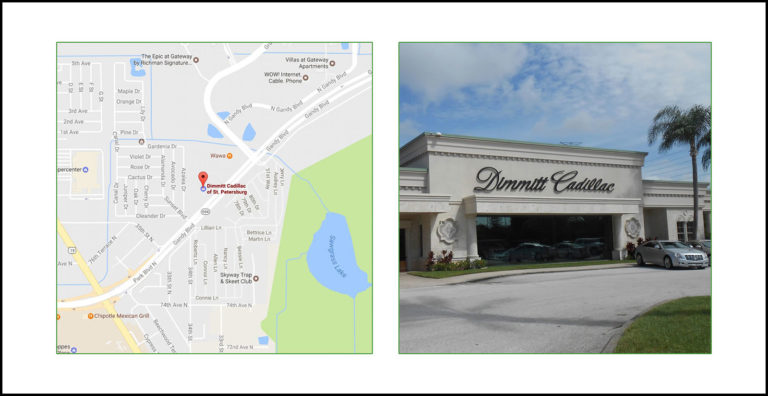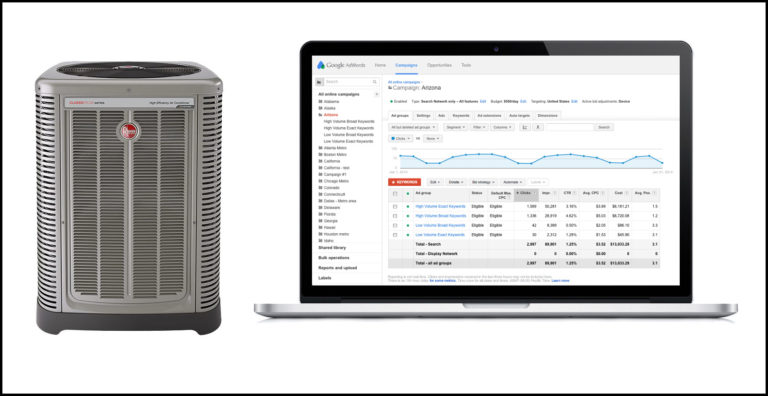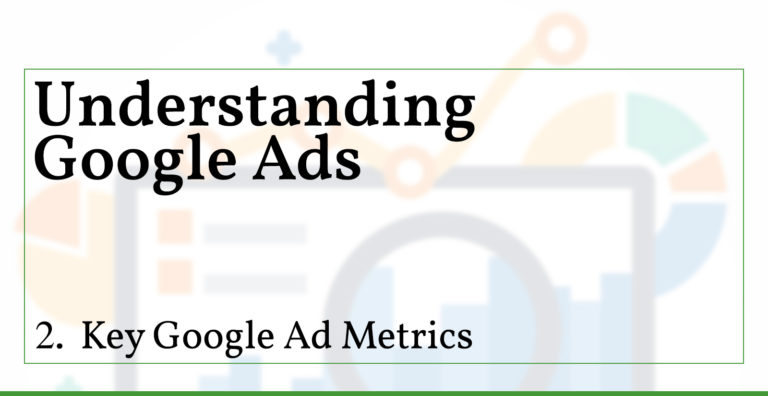Dive into the intricacies of location targeting in Google Ads PPC campaigns. Explore effective audience reach by geographic location. Understanding location targeting strategies is essential for maximizing advertising ROI.
What is Location Targeting (a.k.a. Geotargeting)
Just as you can customize when your ads appear, you have the power to control where they appear. Refine your geotargeting strategy to reach customers in specific countries, cities, counties, zip codes, or within certain radiuses. Selecting the right locations setting for your ads is crucial for optimizing your campaigns. This ensuresyou invest your budget where it’s most likely to yield conversions. Learn how to target ads to geographic locations from Google Ads tutorial.
Benefits of Geotargeting
Geotargeting allows you to find and focus on your ideal customers. A swimming pool construction company may target uncrowded suburban areas, avoiding busy city centers. Analyze your target audience’s lifestyle, habits, and search tendencies to refine your advertising efforts.
Next Moves
Our team of Google Ads experts are ready to transform your campaigns and create the perfect location targeting strategy for your business. Interested in learning more about our marketing services? Give us a call at 941-747-2021 or send us an inquiry online.







